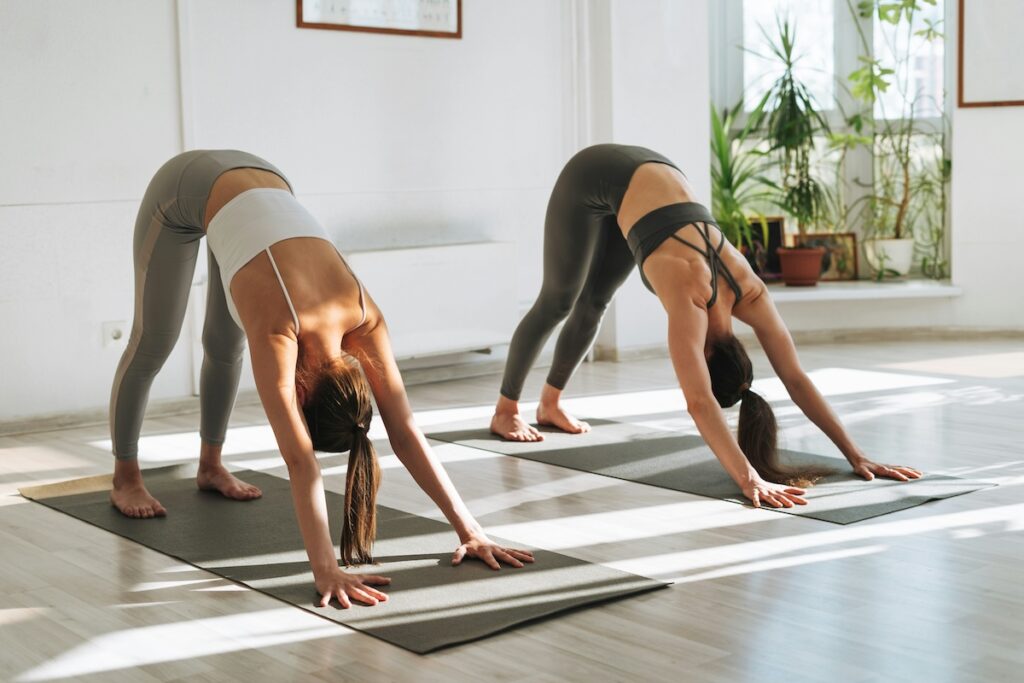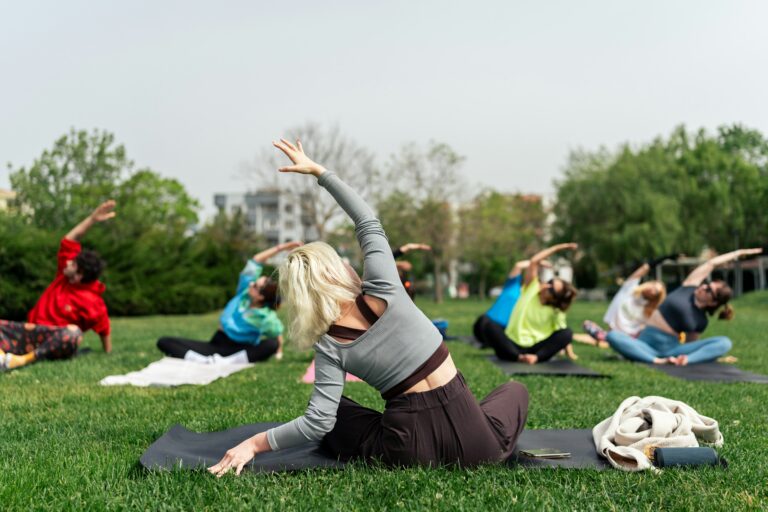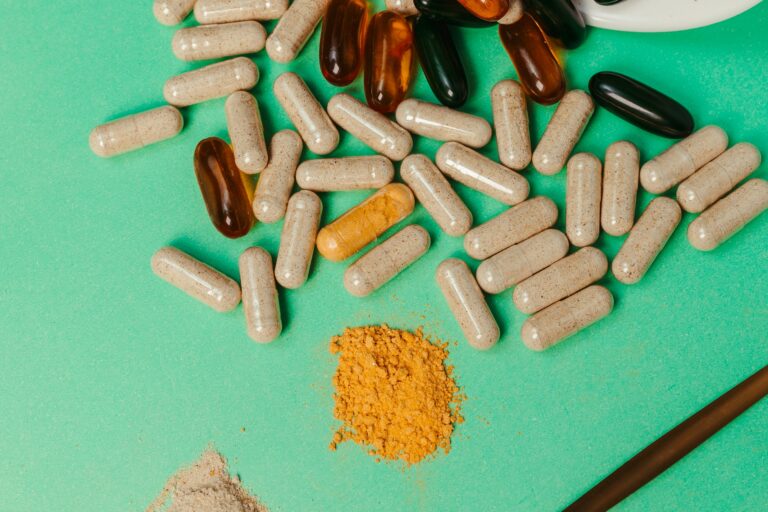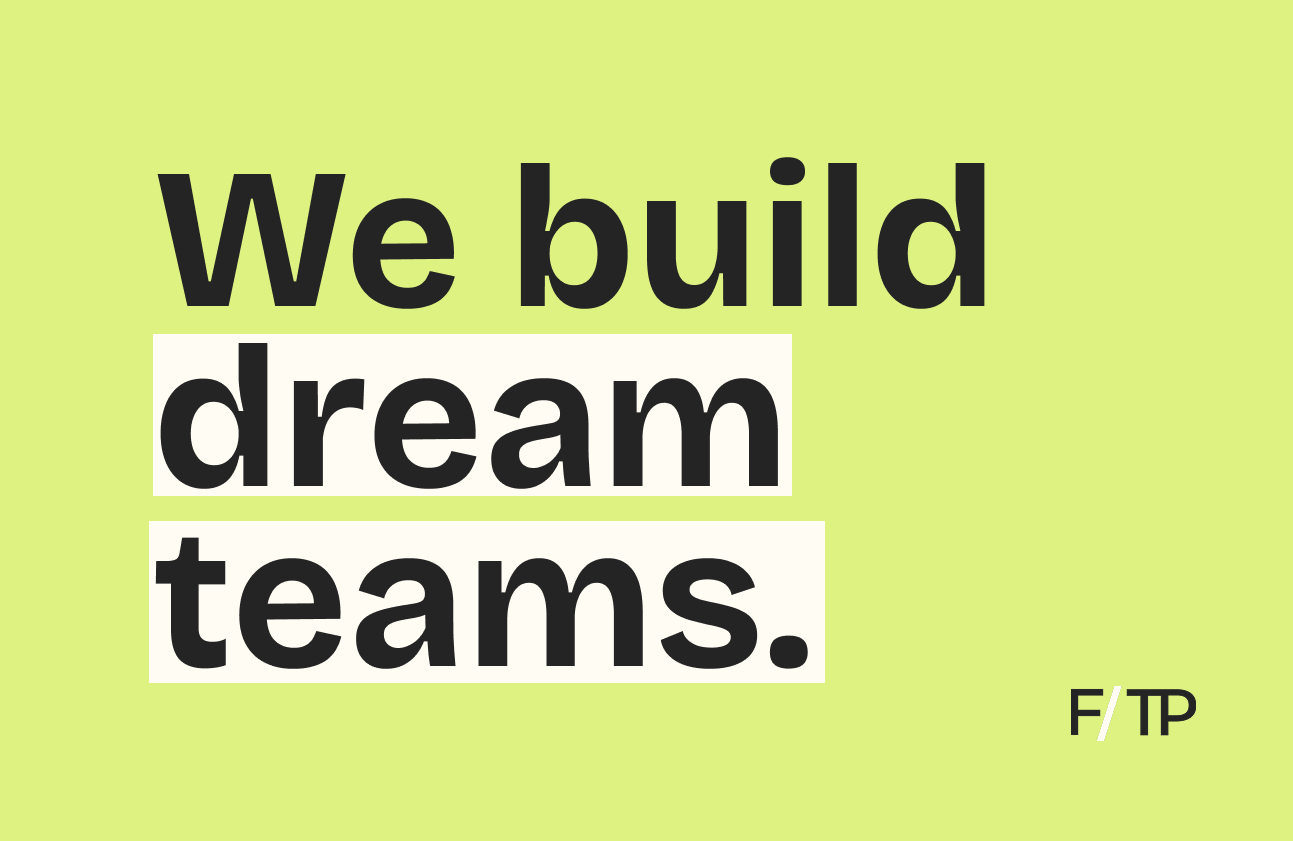We’re overthinking wellness.
What’s happening: lululemon’s fourth annual Global Wellbeing Report found levels of physical, mental, and social health haven’t improved, despite 89% taking more action than last year.
Worse, many believe it’s becoming harder to manage.
- 45% are experiencing burnout in trying to achieve physical, mental, and social well-being.
- 63% of those with burnout feel powerless to improve their health.
- 61% feel an overwhelming societal pressure to appear well.
Despite hyper-personalized tech and AI, wellness still feels complicated to today’s consumer — with 53% noting conflicting information on the best ways to look and feel better.
Run it back. The authors say returning to a more intuitive approach—rooted in self-awareness, movement, and community—could elevate outcomes, especially when combined.
- Participation in group fitness or team sports correlates to 15% and 14% higher well-being scores, respectively.
- Well-being increases 18% when people spend time in nature together.
- People who find social life or sense of belonging in group exercise see a >20% boost.
Challenging intensity as a necessity, the report says a brief stretch, walk, or meditation is enough for positive effects — noting men with highest well-being embrace low-impact exercise.
Takeaway: As the global wellness economy surges past $5.6T, it risks missing the plot. For overwhelmed health-seekers, a simple sweat sesh with friends is a strong start.






